Ski Teaching Techniques: Mastering the Art of Ski Instruction
September 24, 2025 | Ski Instructor, Skiing Tips
Teaching skiing is more than guiding someone down a slope—it’s about using ski teaching techniques that build confidence, develop proper form, and create a fun learning experience. Whether you’re an aspiring instructor or a passionate skier helping friends, mastering the right methods ensures safe, efficient, and enjoyable progress for every student.
In this guide, we’ll explore proven ski instruction methods, essential drills, and smart progressions for all levels. From the first lesson to advanced carving, these techniques will help you understand how to teach skiing while keeping students motivated and safe.
Understanding Ski Teaching Techniques
The foundation of great skiing starts with strong instruction. Effective ski teaching techniques involve structured lessons, clear communication, and step-by-step ski technique training. The goal is to help students develop balance, control, and confidence on varied terrain while having fun.
Professional instructors often use movement analysis, breaking each motion into small, teachable parts. This allows beginners to grasp key skills like proper stance, weight distribution, and ski turning technique before moving to more complex drills.
Key Ski Instruction Methods
1. The Wedge or “Pizza”
One of the first ski teaching progressions is the wedge stance, also called the “pizza.” Students point ski tips inward while pushing heels outward to control speed. It’s the safest way to teach braking and basic direction control for beginners.
2. Gliding Wedge to Parallel
Once students can stop, instructors transition them from wedge turns to parallel skiing. Gradually narrowing the wedge helps skiers learn edge control, balance, and smoother turns—an essential step in how to teach a beginner skier.
3. Side-Slipping and Edge Drills
These exercises train edge awareness, helping students maintain balance on steeper slopes. Balance exercises for skiing like side-slipping or hopping in place strengthen leg muscles and improve stability.
4. Proper Carving Technique
For advanced learners, instructors introduce proper ski carving techniques. This involves rolling skis onto their edges and using the sidecut to create clean arcs without skidding. Movement analysis is key to identify hip and knee positions for tighter turns.
Ski Teaching Progressions
Structured ski lesson plans for kids and adults follow a progression:
- Flat Terrain Practice – Learn equipment basics, stance, and gliding.
- Controlled Slopes – Introduce wedge stops, turns, and side-slipping.
- Parallel Turns – Develop edge control and speed management.
- Carving & Advanced Terrain – Refine precision, agility, and off-piste skills.
Each stage ensures mastery before advancing, reducing fear and building confidence.
Ski Training Drills to Improve Technique
Incorporating drills keeps lessons engaging while reinforcing skills. Here are some effective ski training drills:
- One-Ski Glide: Enhances balance and pressure control.
- Hop Turns: Builds agility and leg strength.
- Follow the Leader: Encourages rhythm and mimicking proper form.
- Obstacle Courses: Improves quick decision-making and turning accuracy.
These exercises help skiers improve skiing technique and prepare for real-mountain challenges.
Ready to take your skiing skills to the next level? Explore top-rated instructors at Find a Ski School to book expert lessons today!
Tips for Teaching Skiing Effectively
- Clear Communication: Use simple, memorable cues like “pizza” and “French fries” for kids.
- Positive Reinforcement: Celebrate small improvements to keep students motivated.
- Safety First: Always teach proper stopping, falling, and equipment handling.
- Customized Plans: Adjust lessons to age, skill level, and learning style.
- Proper Gear: Having the right equipment for teaching skiing—from boots to poles—makes a huge difference in comfort and progress.
Ski Instructor Certification
For those considering a professional career, earning a ski instructor certification is essential. Programs like PSIA (Professional Ski Instructors of America) or BASI (British Association of Snowsport Instructors) teach advanced ski technique training, movement analysis, and lesson planning. Certification not only validates your expertise but also opens opportunities at international resorts.
How to Teach a Beginner Skier: Step-by-Step
- Equipment Introduction: Explain ski boots, bindings, and safety gear.
- Balance Practice: Simple glides and balance exercises for skiing on flat snow.
- Stopping: Teach wedge braking to build confidence.
- Turning: Introduce gentle wedge turns before progressing to parallel.
- Movement Analysis: Provide feedback on stance, weight shift, and edge control.
By following these steps, ski instructors create a supportive environment that fosters growth and excitement.
Want to perfect your ski teaching skills or book certified lessons? Visit us for expert guidance and personalized training plans.
Frequently Asked Questions (FAQs)
Q1. What are the most effective ski teaching techniques for beginners?
The wedge (pizza) technique, gliding wedge, and side-slipping drills are essential for teaching control, balance, and stopping safely.
Q2. How long does it take to learn proper carving technique in skiing?
Most students develop basic carving skills within a few weeks of consistent ski technique training, but mastering clean arcs can take a full season.
Q3. Do I need ski instructor certification to teach skiing?
For casual teaching, no. But for paid instruction at a resort, most require recognized certifications like PSIA or BASI.
Q4. What equipment is best for teaching skiing?
Comfortable boots, appropriately sized skis, poles, and safety gear like helmets are critical for both instructors and students.
Q5. How can I improve my own skiing technique while teaching others?
Regular ski training drills, video analysis, and advanced coaching help instructors refine their skills and stay current with evolving methods.
Final Thoughts
Mastering ski teaching techniques isn’t just about technical skills—it’s about creating memorable experiences for students. By using proven ski instruction methods, structured progressions, and engaging drills, instructors can help skiers of all levels achieve confidence and control on the slopes.
Whether you’re learning how to teach skiing, improving your own abilities, or seeking the best ski schools, consistent training and expert guidance are key. Start your journey with Find a Ski School and turn every lesson into a rewarding mountain adventure.
More Posts
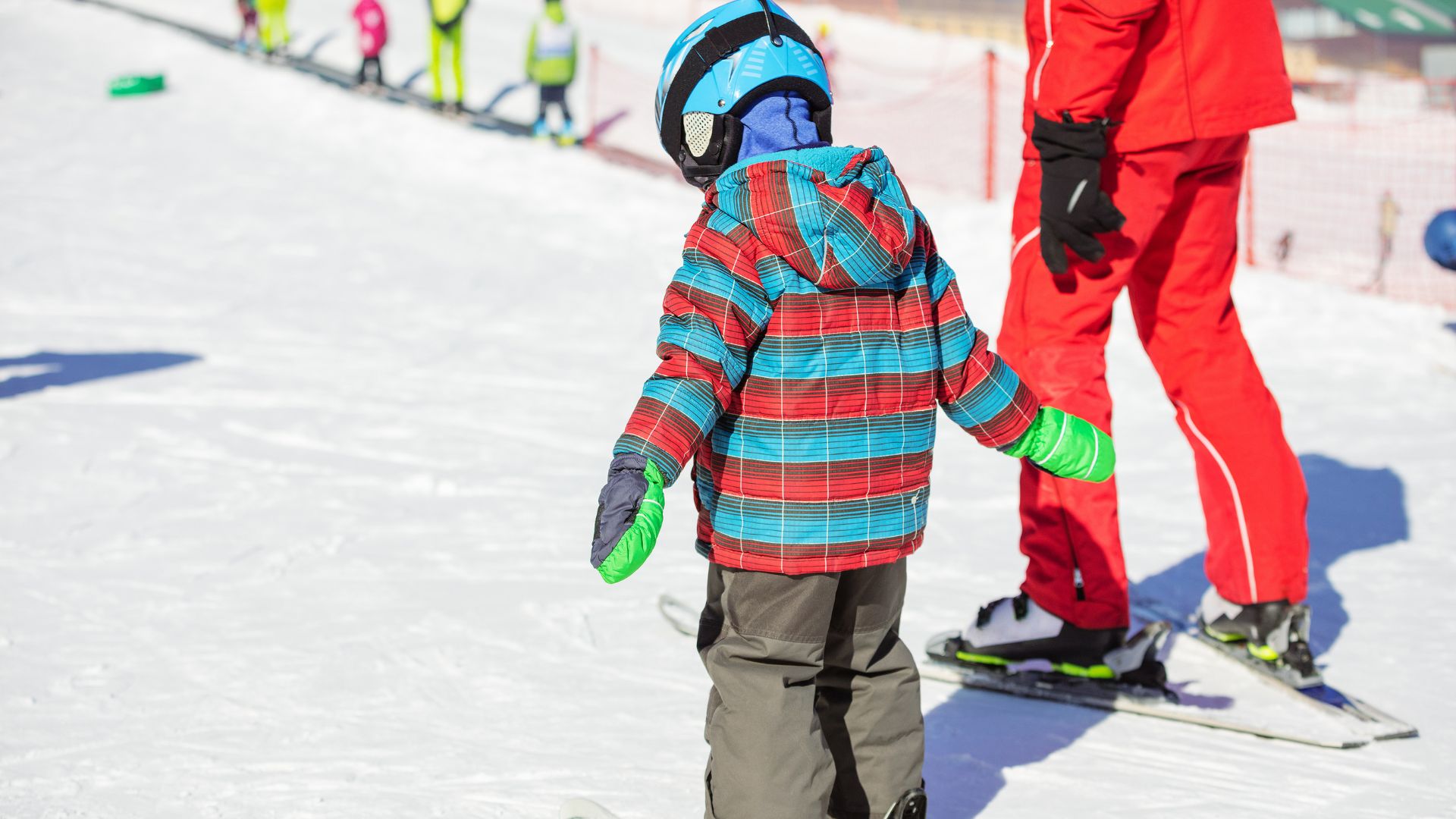
How to Teach Kids to Ski: A Complete Parent’s Guide
Skiing is a magical winter sport that can bring families closer together and create lifelong...
read More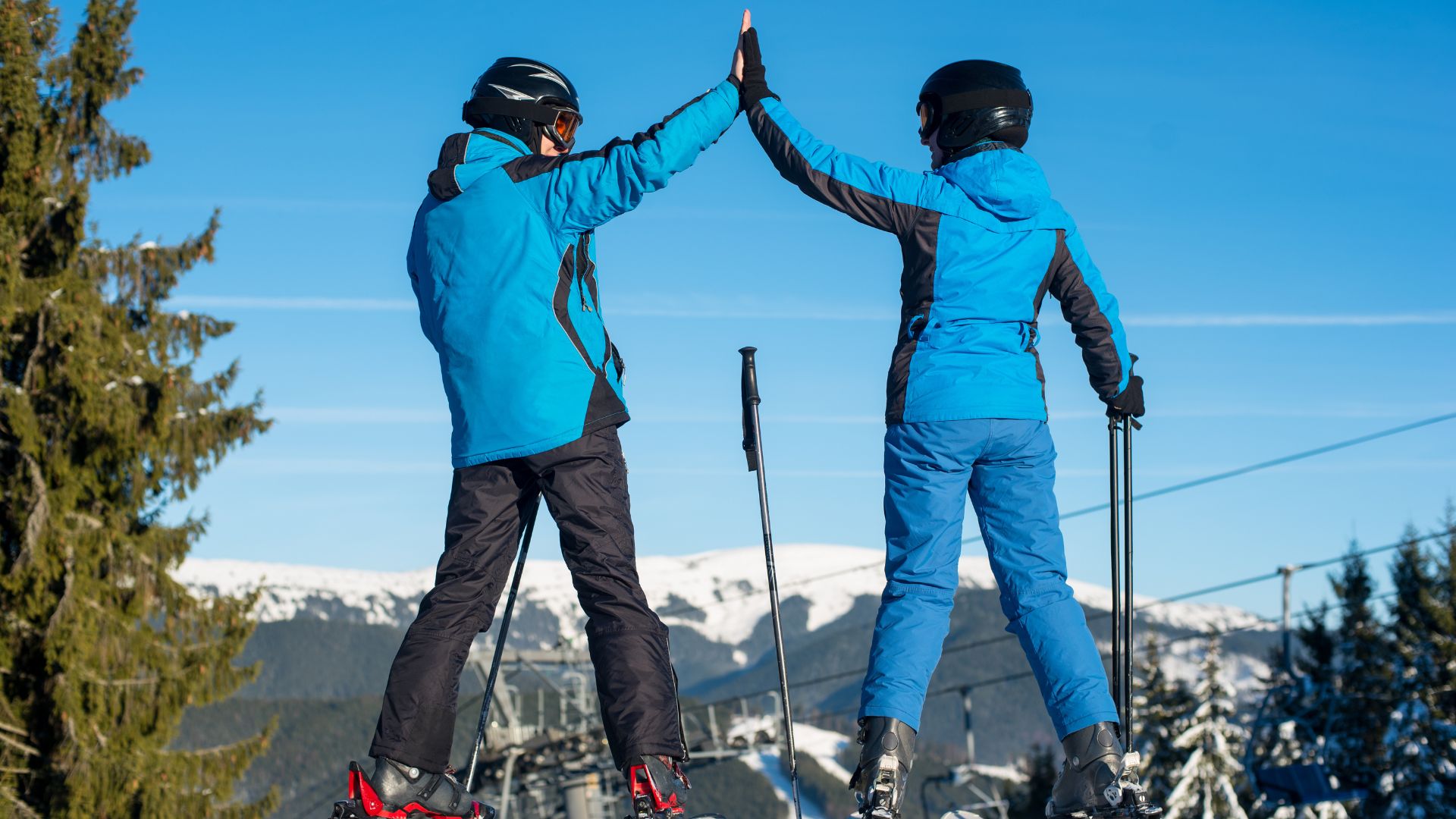
How to Become a Private Ski Instructor and Build Your Career on the Slopes
If you’ve ever dreamed of turning your passion for skiing into a career, you’ve probably...
read More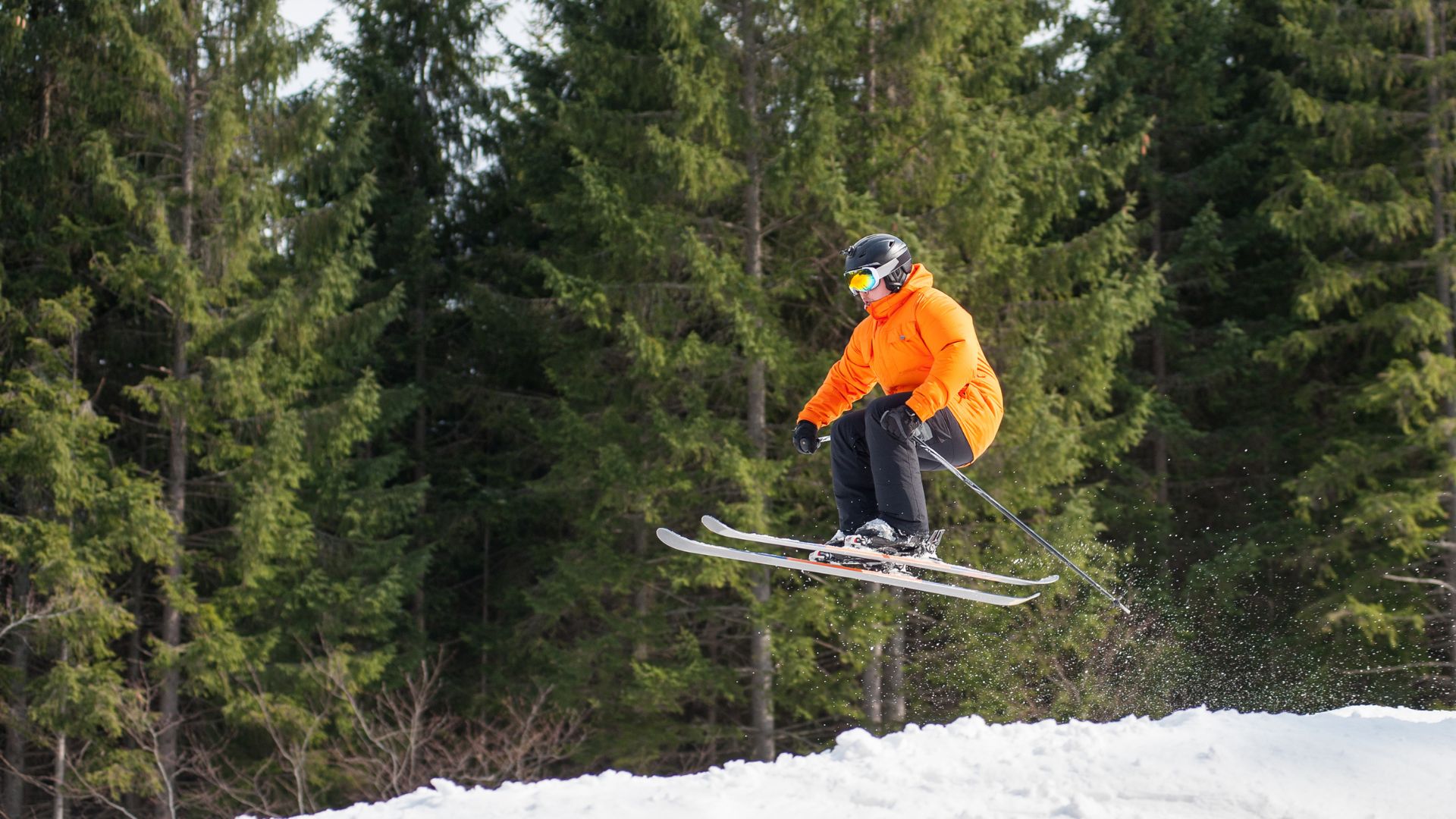
Where Can I Learn to Ski Jump: Lessons, Schools, and Tips
If you’ve ever watched athletes soar gracefully off a ski jump and wondered, where can...
read More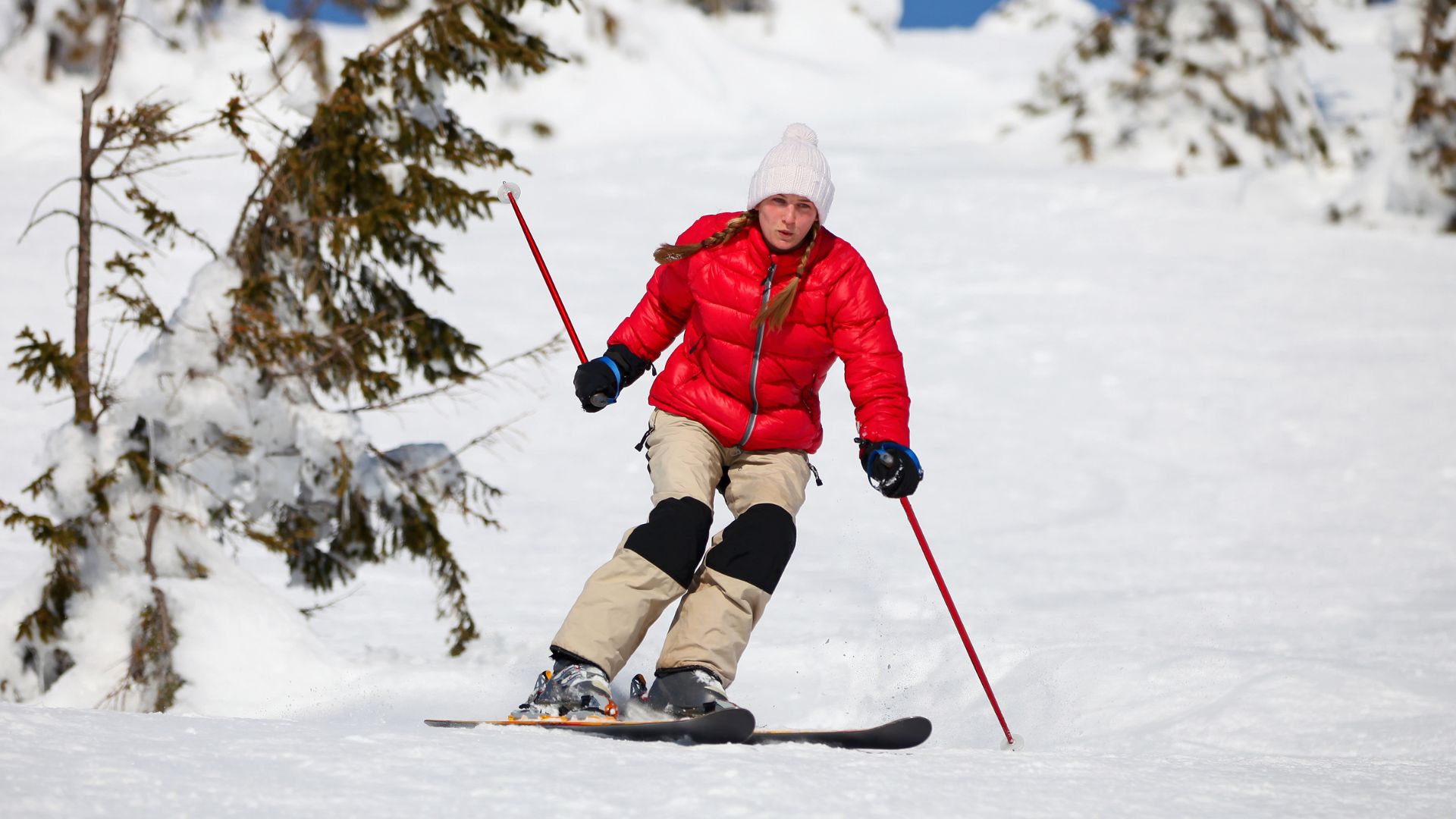
Skiing Safety Tips for Beginners: A Complete Guide to Staying Safe on the Slopes
If you’re new to skiing, the excitement of hitting the slopes can quickly turn overwhelming...
read More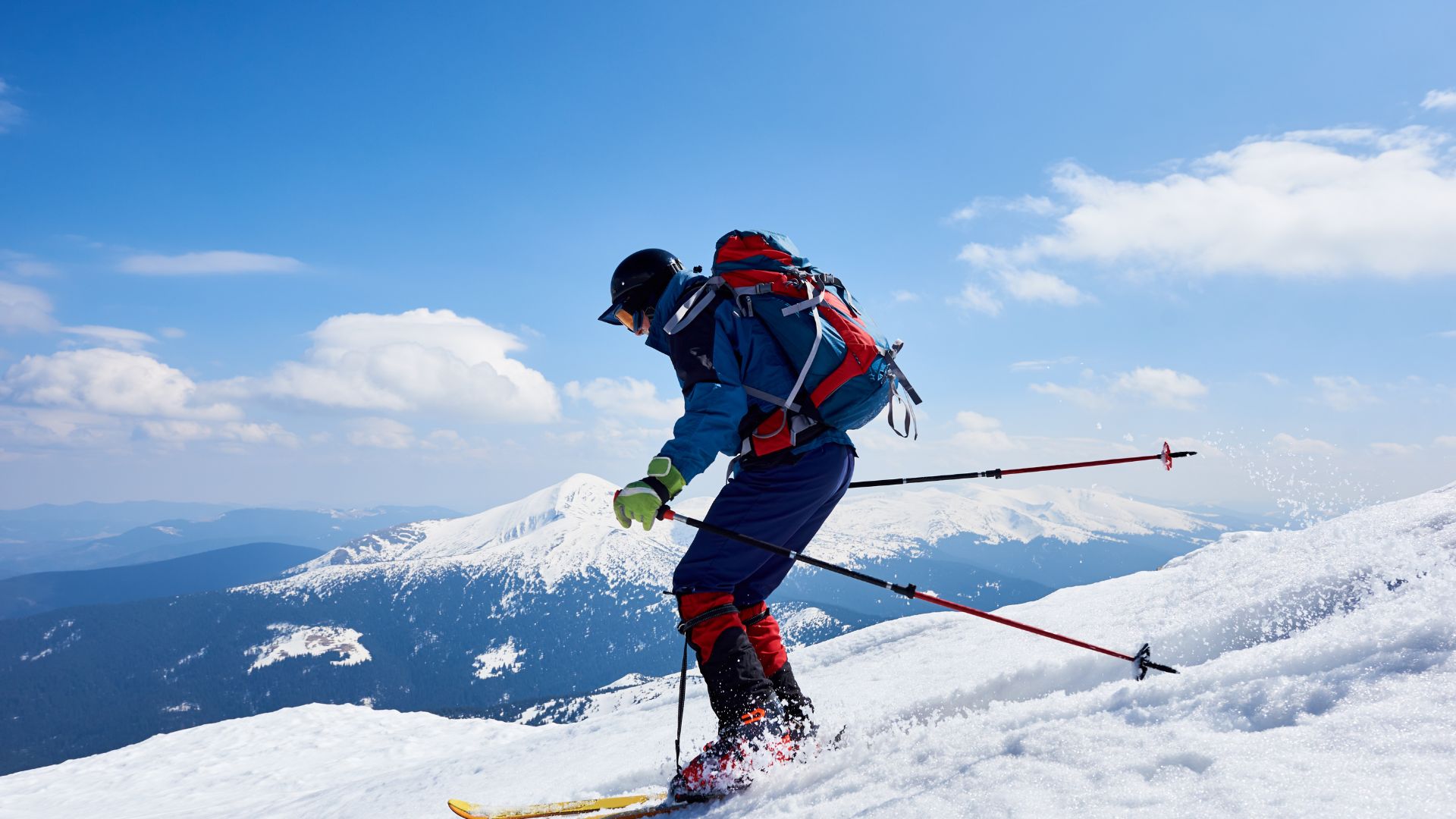
Off Piste Ski Training: Master Backcountry Skiing
Off piste ski training is essential for anyone wishing to elevate their skiing skills beyond...
read More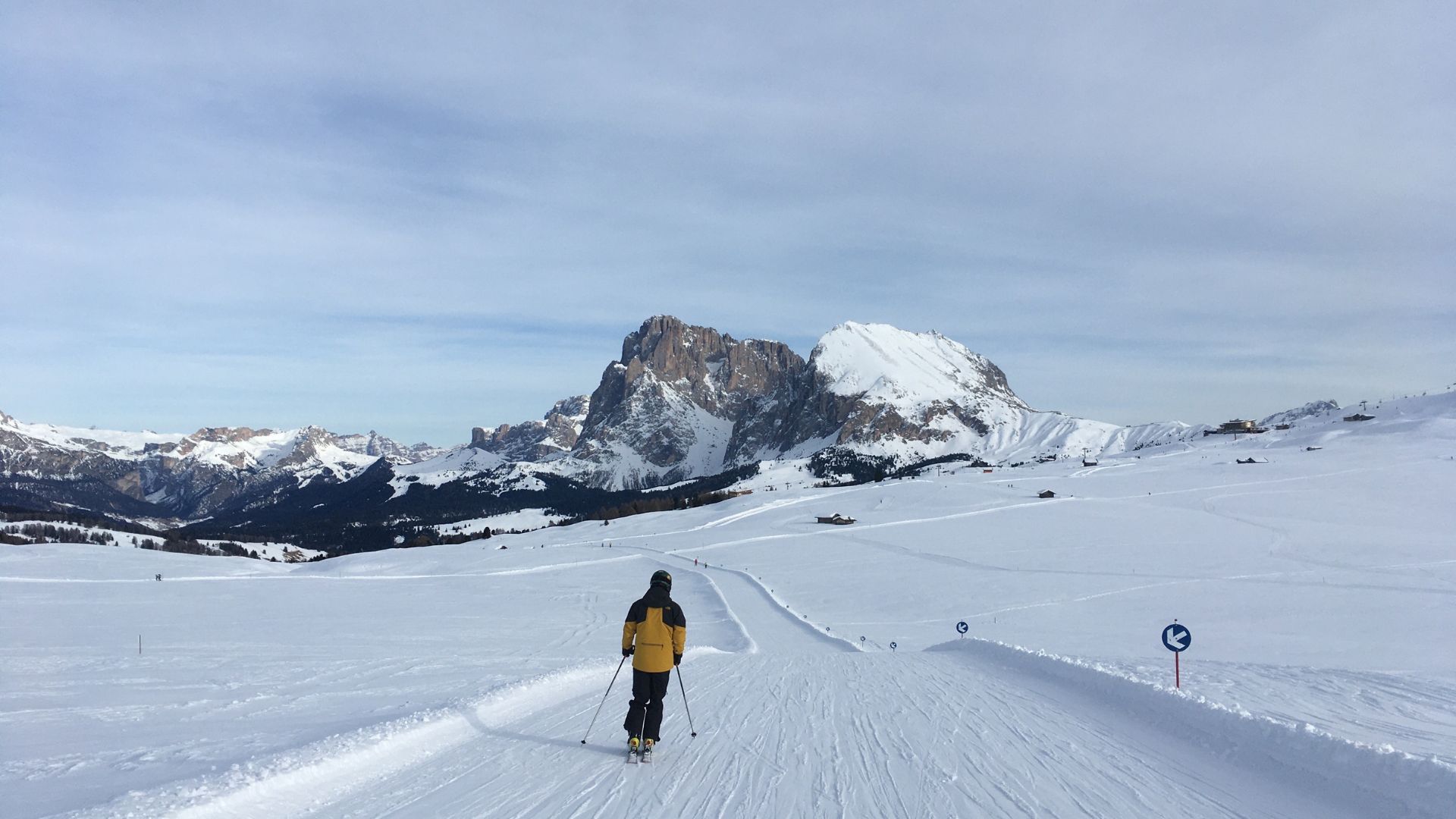
Ski Resorts in Italian Alps: A Complete Guide
When winter arrives, few experiences can rival the stunning scenery and world-class slopes offered by...
read More